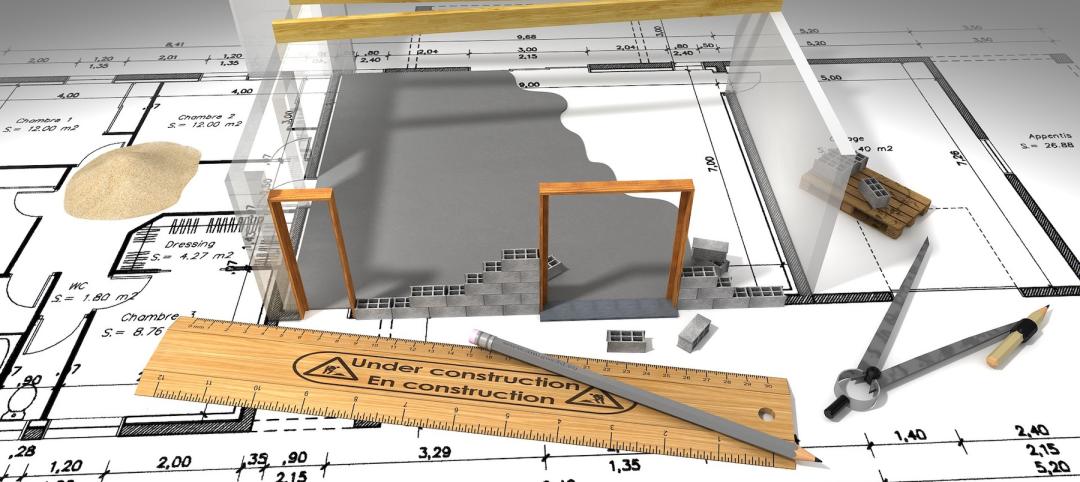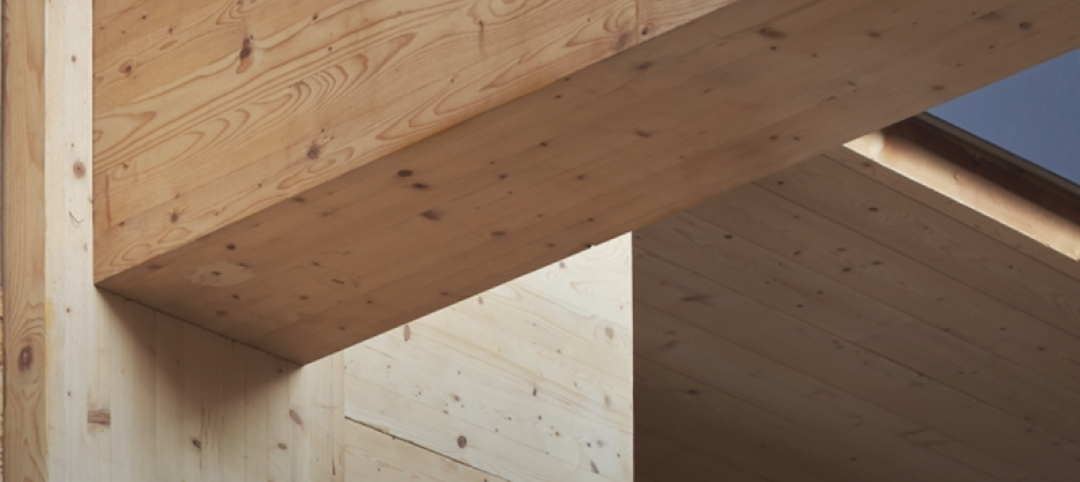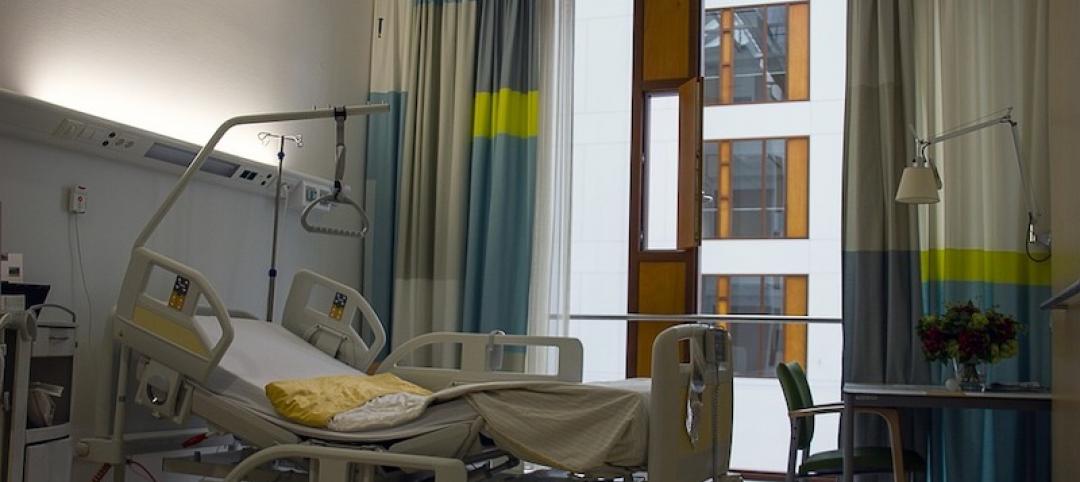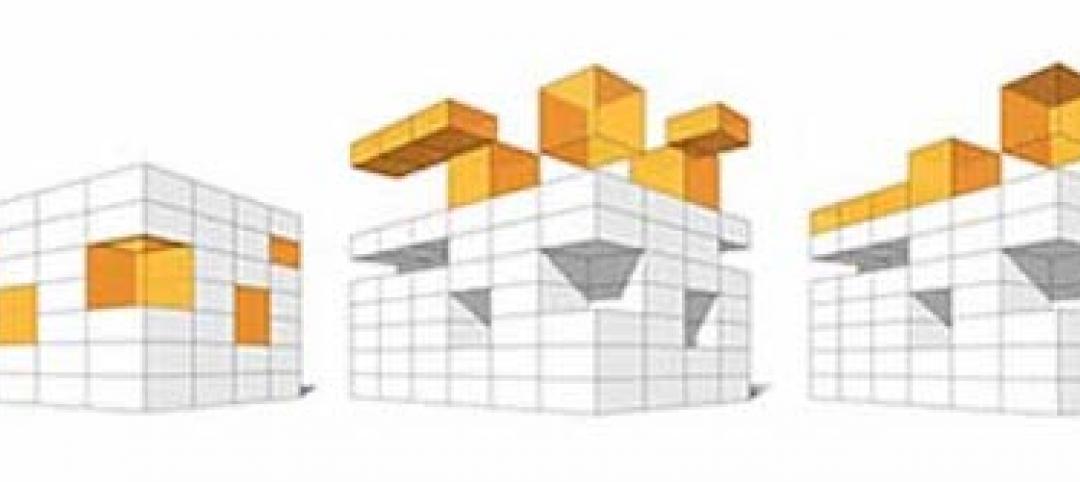Recently, an old healthcare administration colleague and friend inquired about how my colleagues, HDR’s Strategic Innovation team, approach engaging end users of services. Whether he knew it or not, he was setting me up to write this blog post (thanks Phil!)
User research can happen in a number of ways at various times throughout the design process. We often conduct interviews, observe spaces and behavior, distribute surveys, lead focus groups, and use remote tools. My friend, who has had trouble getting valuable information from interviews in the past, was particularly interested in how we conduct one-on-one interviews.
So, with that in mind, I have compiled my top 10 tips for interviewing users below.
- Know what you’re working toward. The main goal is for interviewees to “open up” over the course of the interview, name problems that go beyond the surface, think differently about possibilities, and make them feel (and actually be) heard.
- Prepare, prepare, prepare. Develop a field guide—a loose script for how the interview will go and the questions you will ask or activities you will use. Think about activities or materials you might need. Consider recording the conversation (with permission of course; you’ll need a release form) in order to review, clarify, and substantiate particular points or quotes later. We often compile video snippets from interviews to tell a powerful story straight from the users’ mouths.
- Build rapport to build trust. Get to know the respondent a bit. Set the tone for a casual conversation where they feel comfortable opening up.
- Prime the pump. This is not your typical “call-and-response” interview. Start broad and open-ended to create space for exploration. Prime their thinking because it’s very difficult for people to move past what’s on the surface unless you help them think about it first.
- Be casual. Have them tell stories, provide examples, and think out loud. You can listen for the particular things that you are most interested in and make note of them: pain points, workarounds, challenges, opportunities, hopes, possible solutions, etc. It’s okay to talk about something off topic, especially if it’s in the flow of conversation…just remember to get back on topic without too much delay.
- Be empathetic. People LIKE to feel like they are being heard and have a voice in the process. Paraphrasing what they’ve said back to them solidifies this feeling and makes it more likely that they will keep opening up as the conversation continues. Really understanding (or trying to understand) what the interviewee has been through, and why they think what they think, will open up possibilities for solving problems even tackling problems you didn’t even realize were problems in the first place.
- Don’t judge. You are trying to open-mindedly learn what users really think and do. Don’t let your opinion cloud this. Being empathetic and neutral is a tricky balance, but the key is really to let the interviewee’s words guide the conversation.
- Listen actively. This is not just something a teacher tells an elementary school student—this is real, and it’s critical. Try to not to interrupt or even speak too quickly after you think they are done speaking. Often they will have more to say after they’ve primed themselves, which can lead to expected insights that can unlock possibilities.
- Have interviewees recap. At the end of the conversation, have the interviewee summarize. For example, consider having them describe how they see healthcare being delivered in the future without constraints. It’s helpful to think about the ideal state first and then work back toward reality over the course of a given project.
- Analyze and synthesize. No single interview or point made is the end-all-be-all. Name observations. Find and cluster themes. Develop insights. Put possible early solutions in a list to the side. Use this output as a foundation for the next steps of collaborating and iterating with your project team toward solution concepts.
User research isn’t for the faint of heart, especially in healthcare. I’ve heard many very personal stories about journeying through treatment after a difficult diagnosis, losing a loved one after months (if not years) of enduring, and parents caring for children who couldn’t talk or lift up a spoon. Armed with the tips above (as well as the right personnel for executing difficult and sensitive conversations), you too can navigate engaging end users to better understand the problems that will open you and your organization up to new solutions. User research is far from the end of the design process, but it’s a fantastic, foundational beginning.
More from Author
HDR | Jun 30, 2022
Adopting a regenerative design mindset
To help address the current climate emergency, a new way of thinking across the entire architecture, engineering and construction industry is imperative.
HDR | Jan 11, 2022
Designing for health sciences education: supporting student well-being
While student and faculty health and well-being should be a top priority in all spaces within educational facilities, this article will highlight some key considerations.
HDR | Sep 28, 2021
Designing for health sciences education: Specialty instruction and human anatomy labs
It is a careful balance within any educational facility to provide both multidisciplinary, multiuse spaces and special-use spaces that serve particular functions.
HDR | Aug 20, 2021
Prioritizing children’s perspectives with play-based design charrettes
Every effort is made to assure that captured insights and observations are authentically from the children.
HDR | Sep 25, 2020
Performance-based textile cleaning and disinfection in the age of COVID-19
It is essential for both designers and environmental services to know the active ingredient(s) of the cleaning products being used within the facility.
HDR | Jan 27, 2020
Elevating the human experience in public realm infrastructure
Understanding the complexities of a community by pairing quantitative data and human needs.
HDR | Oct 2, 2019
Why mass timber?
In a world where the construction industry is responsible for 40% to 50% of CO2 emissions, renewable materials, such as wood, can help mitigate the rate of global warming.
HDR | Aug 23, 2019
5 converging trends for healthcare's future
Our solutions to both today’s and tomorrow’s challenges lie at the convergence of technologies, industries, and types of care.
HDR | Dec 18, 2018
Redesigning the intergenerational village: Innovative solutions for communities and homes of the future
Social sustainability has become a central concern in terms of its effect that spans generations.
















